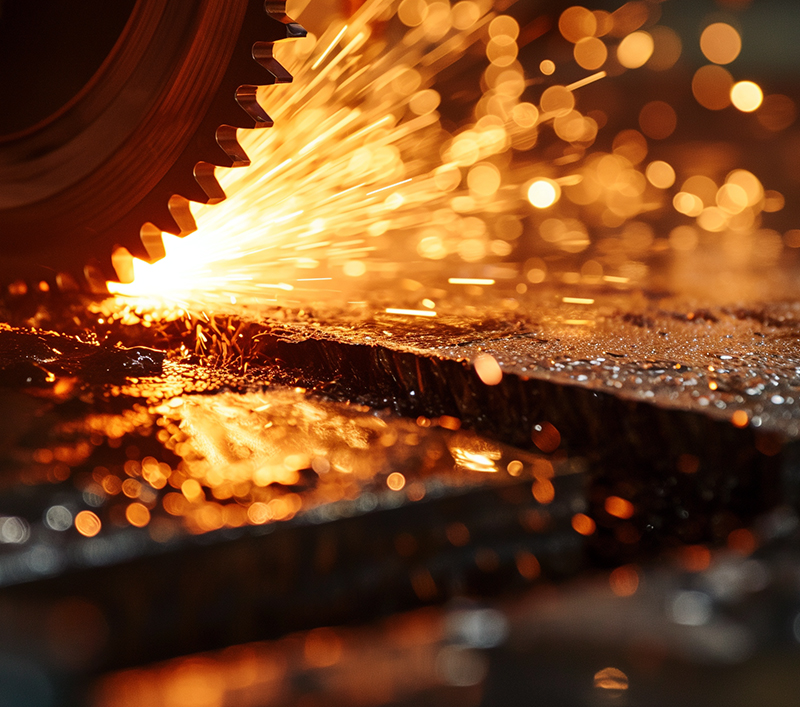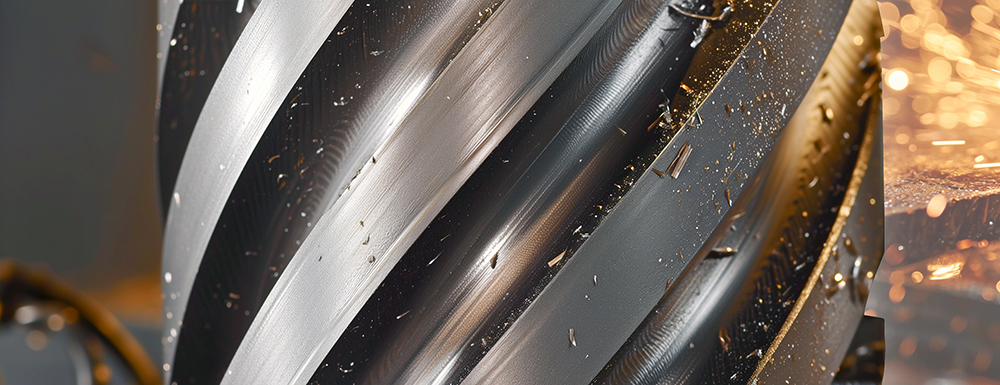
When is horizontal milling preferred over other forms of machining metal parts?
Costs, time, size and materials all play a part in selecting horizontal milling as the primary machining process. Consider the following points before deciding on the best manufacturing process.
- Multi-Axis Machining:
Horizontal milling allows for multiple sides of a workpiece to be machined in a single setup. This is beneficial for achieving geometrically complex parts without the need for repositioning or re-clamping after each machining operation, reducing setup time and improving overall efficiency. The horizontal orientation of the spindle allows for easy machining along both the X and Y axes. This makes it well-suited for tasks requiring parallel and perpendicular features, such as those found in many mechanical components. - Accessibility for Large Workpieces:
Horizontal milling machines can easily handle machining large workpieces. Workpieces that are longer than wide tend to be a good qualifier for horizontal milling. The horizontal orientation allows for the machining of long and wide parts without height restrictions, making it suitable for a variety of industries, including aerospace and automotive. - Stay Cool:
The horizontal spindle orientation can contribute to reduced thermal distortion in the workpiece. By distributing heat more evenly, horizontal milling can help maintain dimensional accuracy and improve the overall quality of machined parts. - High Material Removal Rates:
Horizontal milling machines are capable of achieving high material removal rates, making them efficient for roughing operations. This is particularly advantageous when machining large volumes of material or when productivity is a key consideration. Ideal machining scenarios include cutting slots, grooves or pockets in the workpiece. - Stability and Rigidity:
Horizontal milling machines are typically more rigid and stable than their vertical counterparts. The horizontal spindle orientation provides better support for the workpiece, reducing the likelihood of deflection during cutting. This stability is especially advantageous when machining heavy or challenging materials. Horizontal milling machines also offer greater flexibility in workholding options. The horizontal orientation allows for the use of various fixtures, rotary tables, and other workholding devices, making it easier to secure and machine complex or irregularly shaped workpieces. - Long Tool Life:
The horizontal spindle orientation can contribute to longer tool life, especially when machining materials prone to abrasion. The cutting forces in horizontal milling are distributed across a larger area, reducing tool wear and extending the lifespan of cutting tools. Additionally, the variety of tooling options delivers different machining solutions on a horizontal mill. - Lights Out Manufacturing
Equipped with CNC technology, a horizontal mill can operate automatically with little to no human intervention. This efficient automation is achieved with CAM simulations that plan tool paths and every aspect of the manufacturing needed to assure accuracy. Monitoring of the tooling is crucial to help achieve the precise horizontal milled features. Quality assurance, safety, tool changes, workpiece loading and unloading, and in-process part inspections are carefully planned to automate horizontal milling.
Before deciding if horizontal milling will be the best solution for your manufacturing needs evaluate the benefits of the complete process solution. High volume, large and complex parts are good candidates for this efficient machining process. Contact your Nolte Precise Manufacturing representative to determine if horizontal milling is best for your manufacturing needs.

